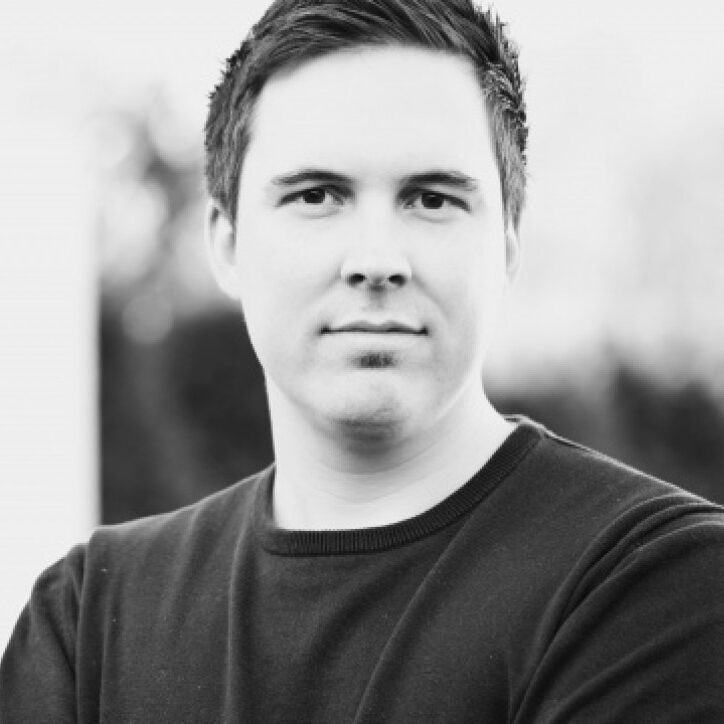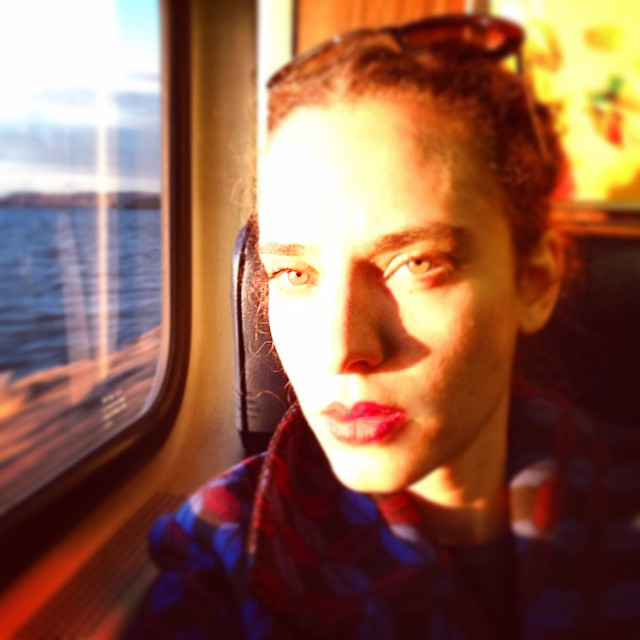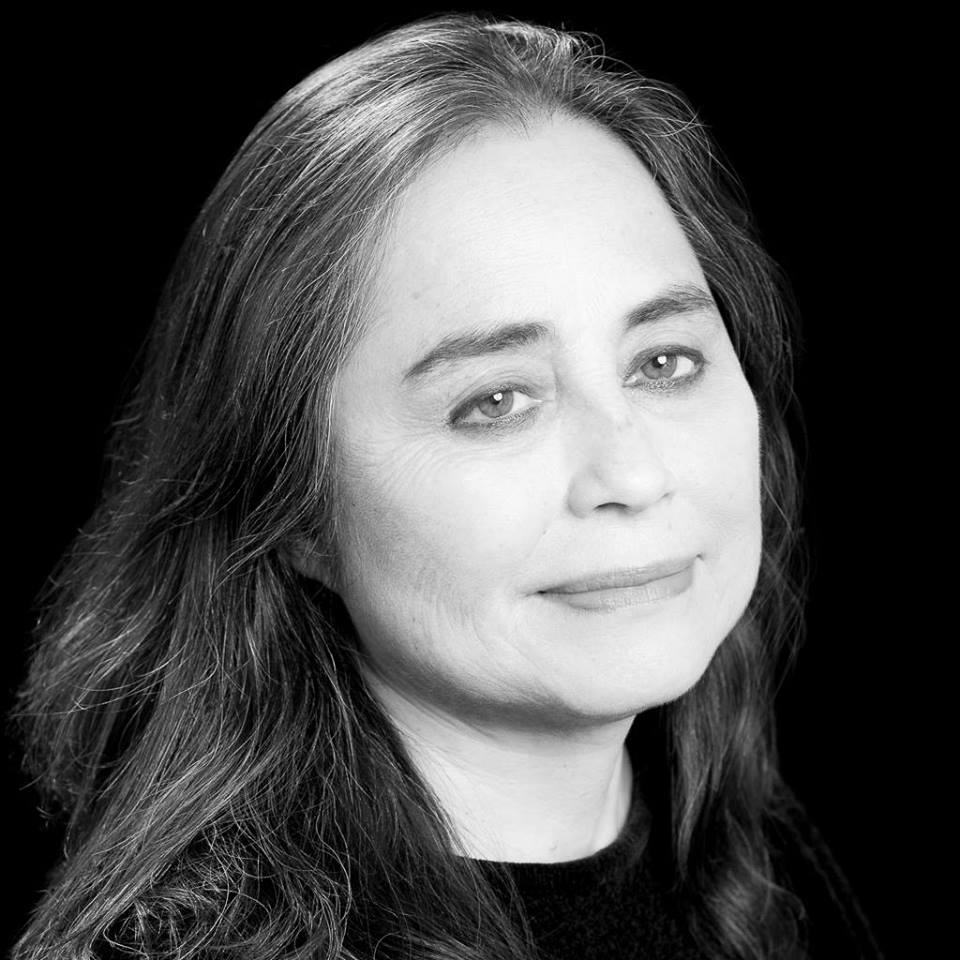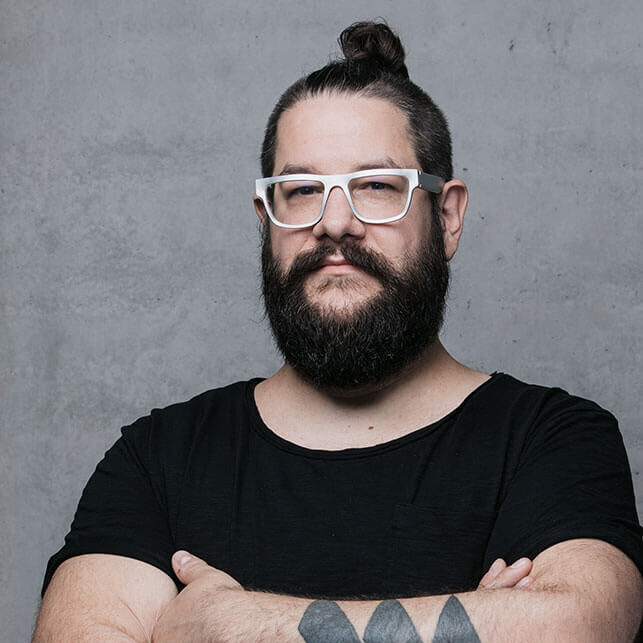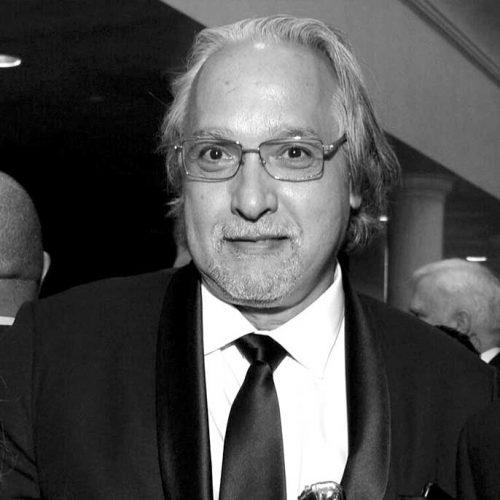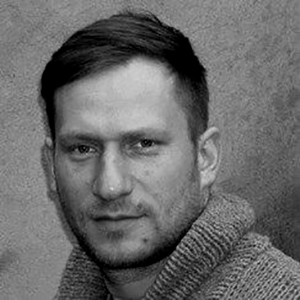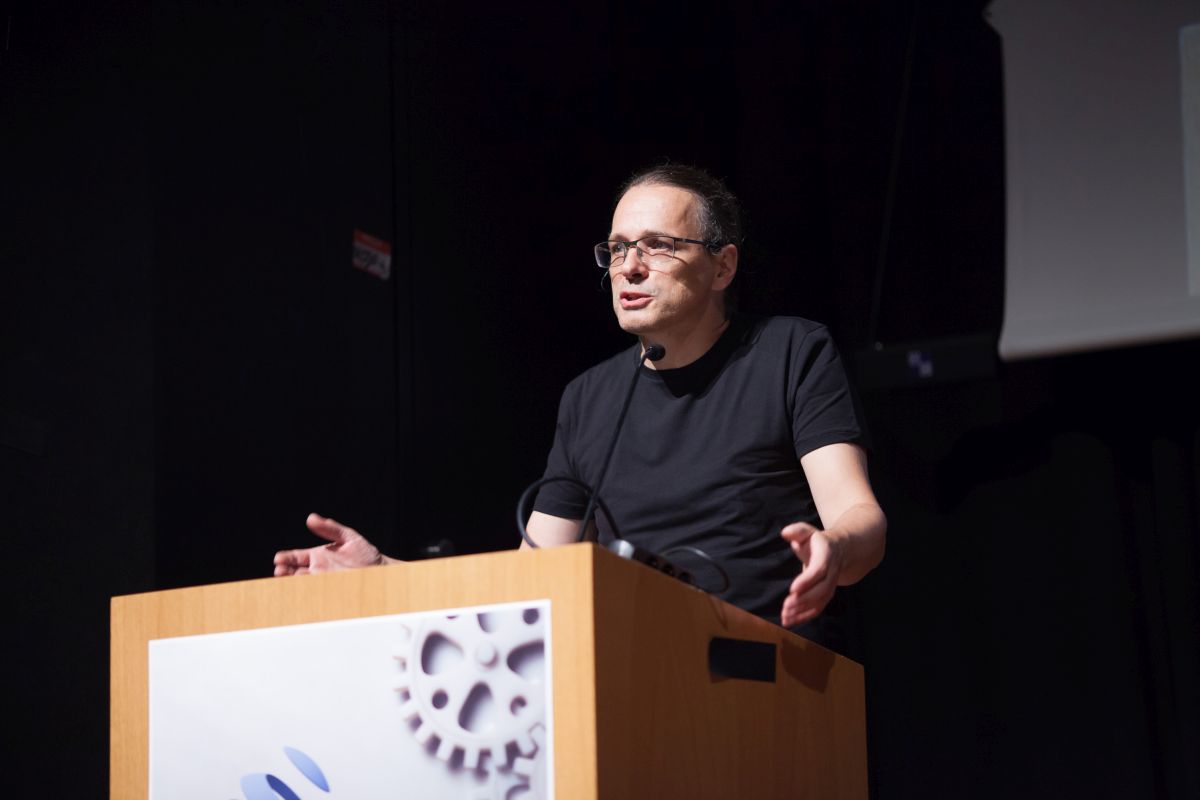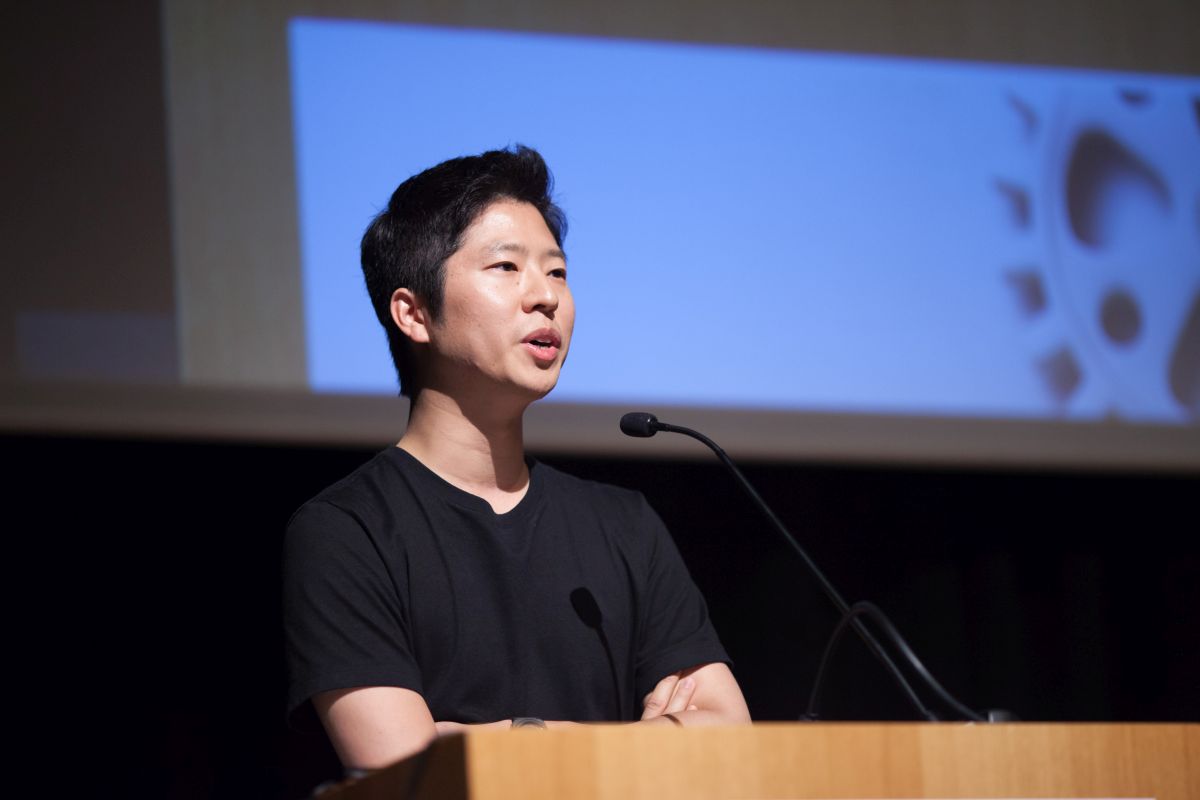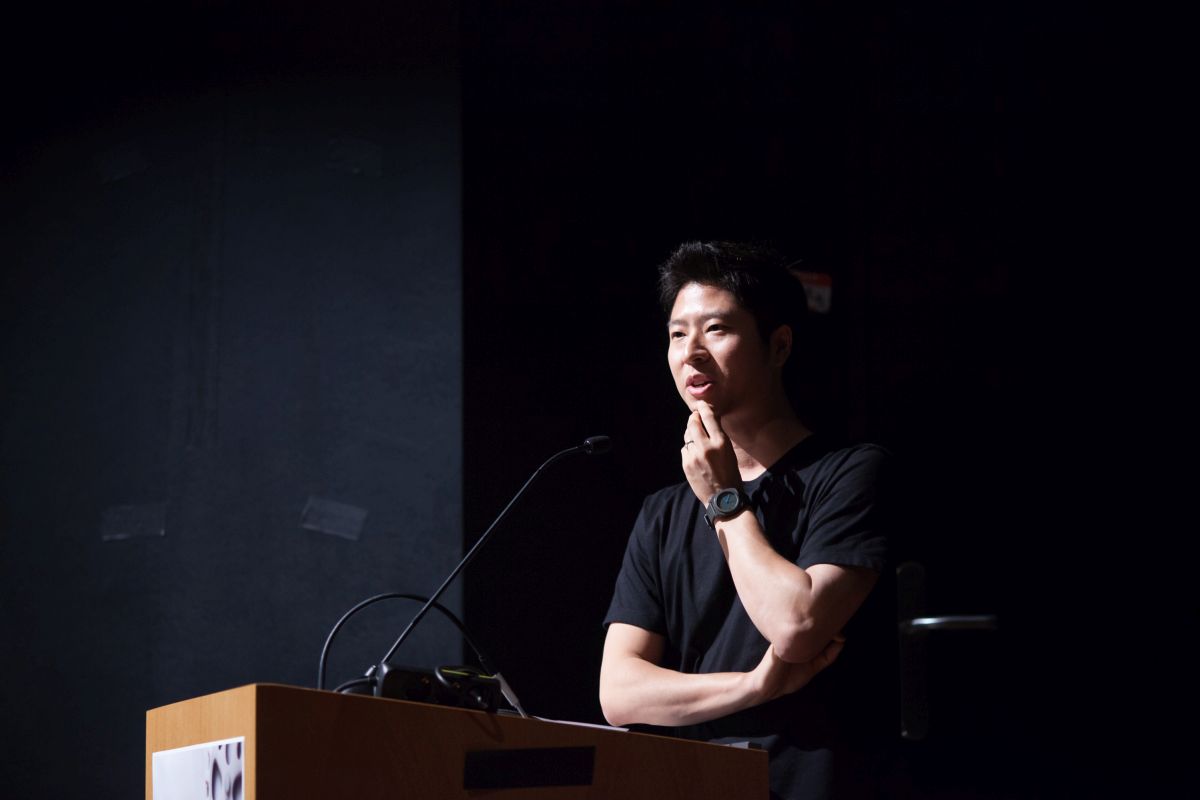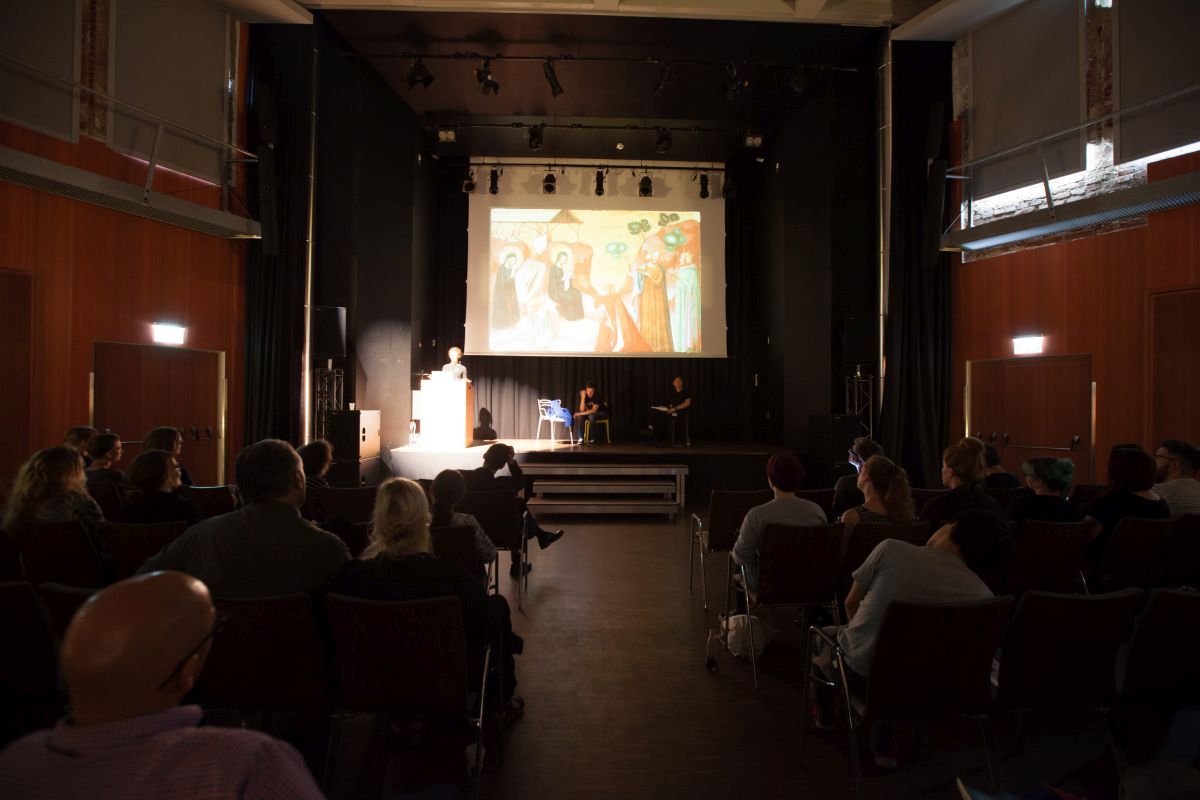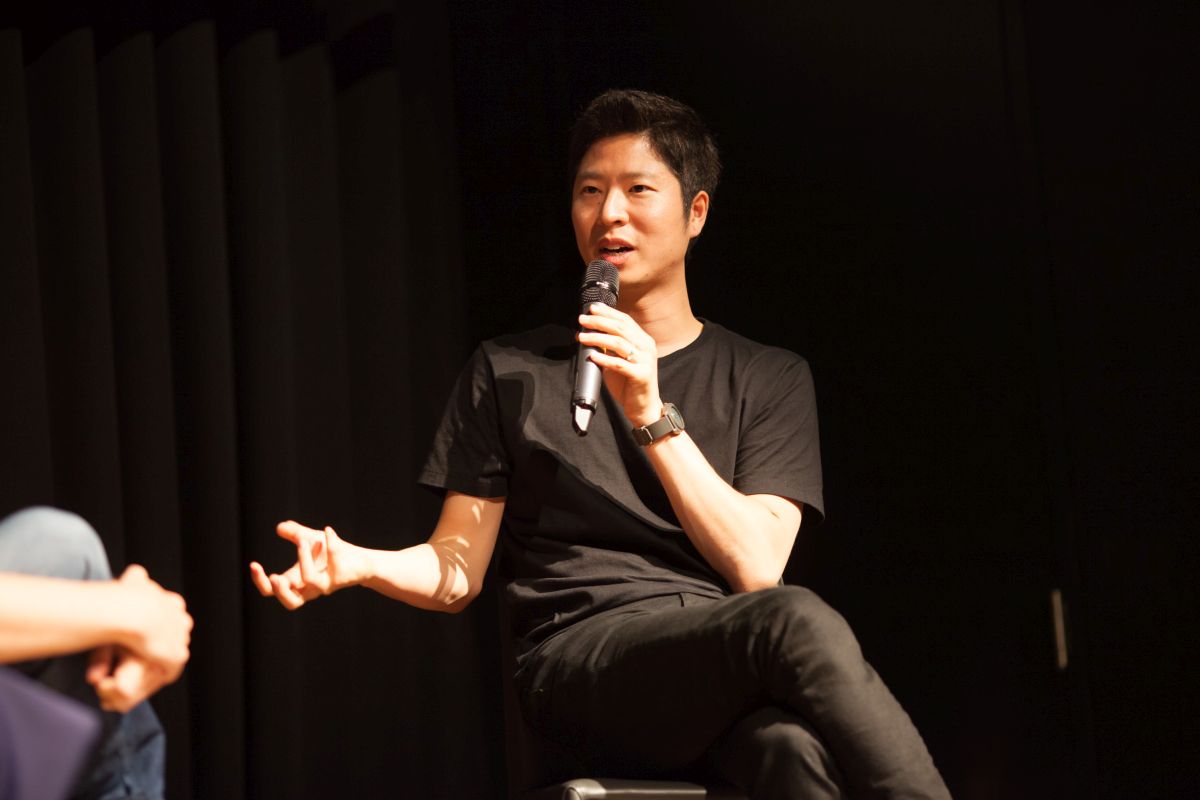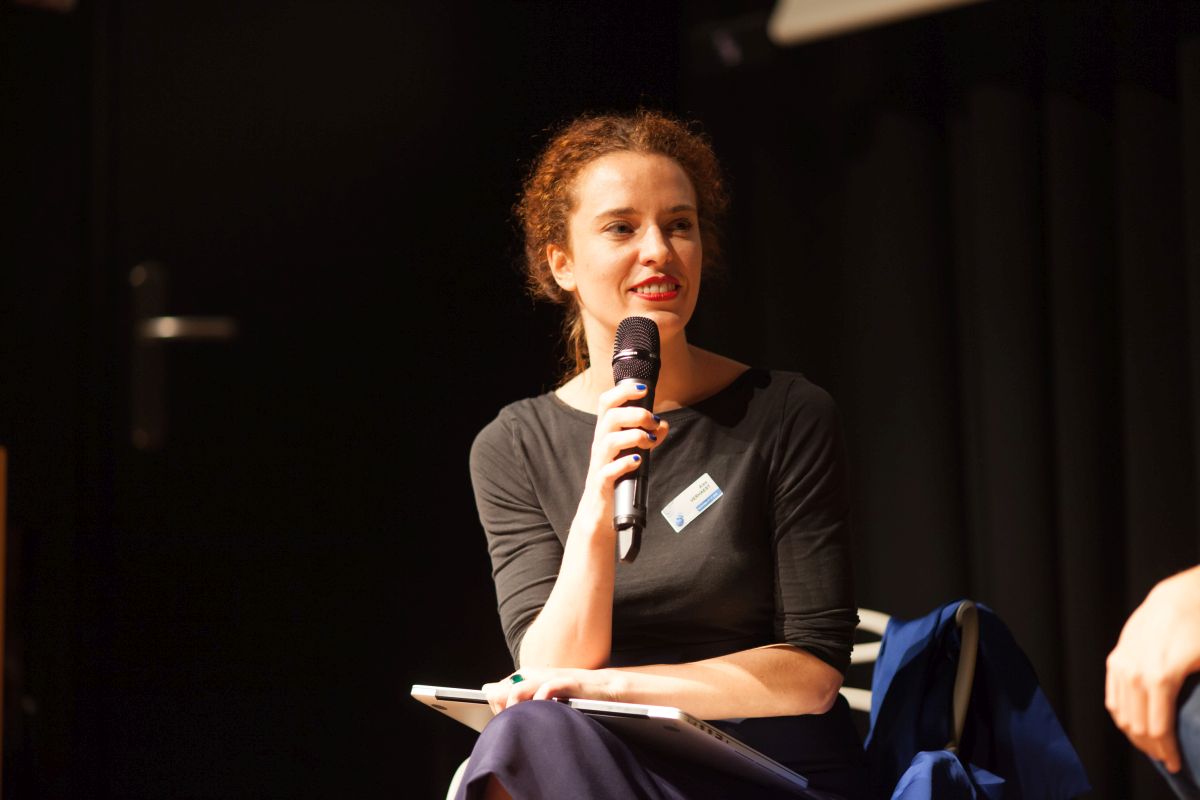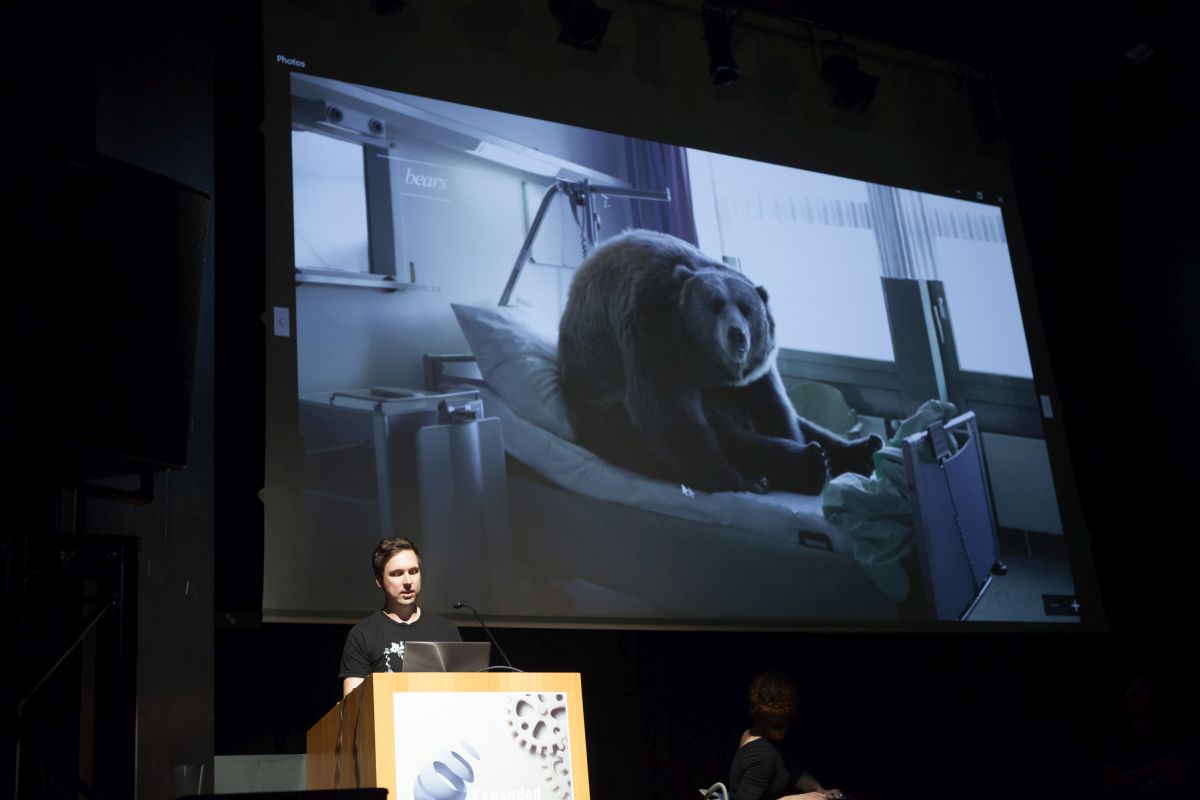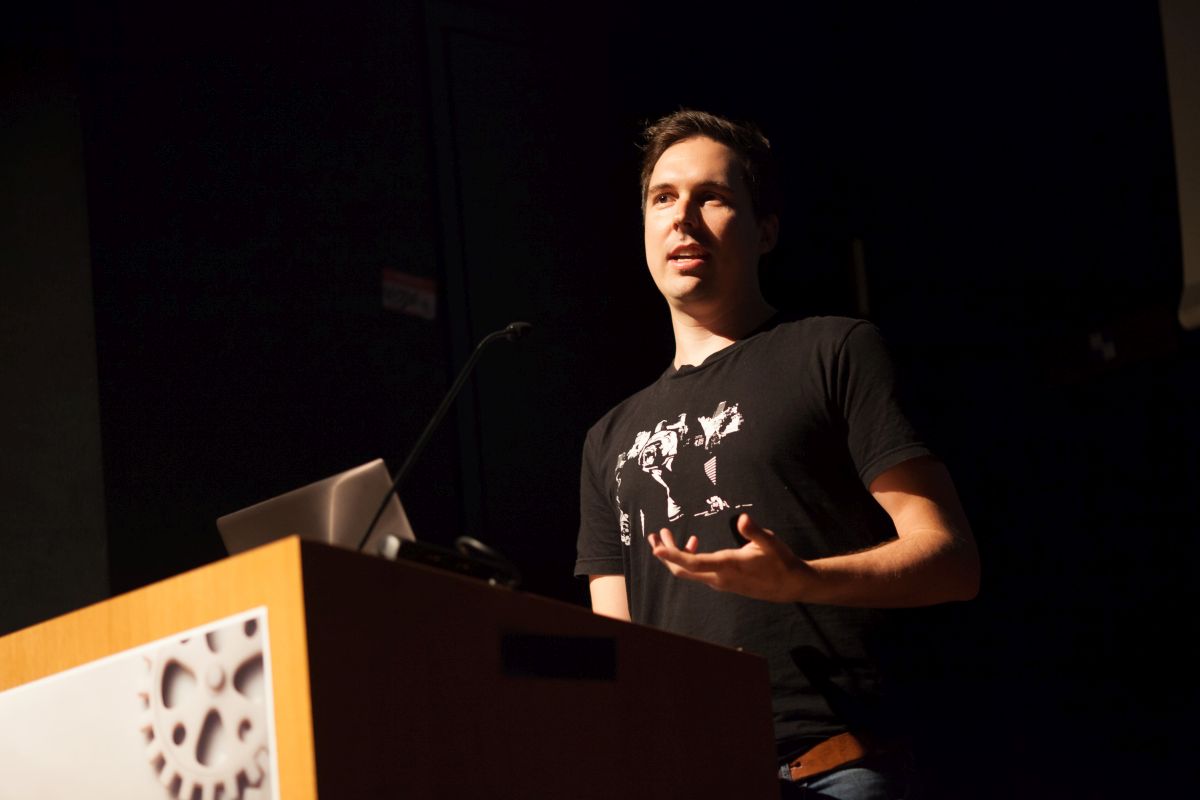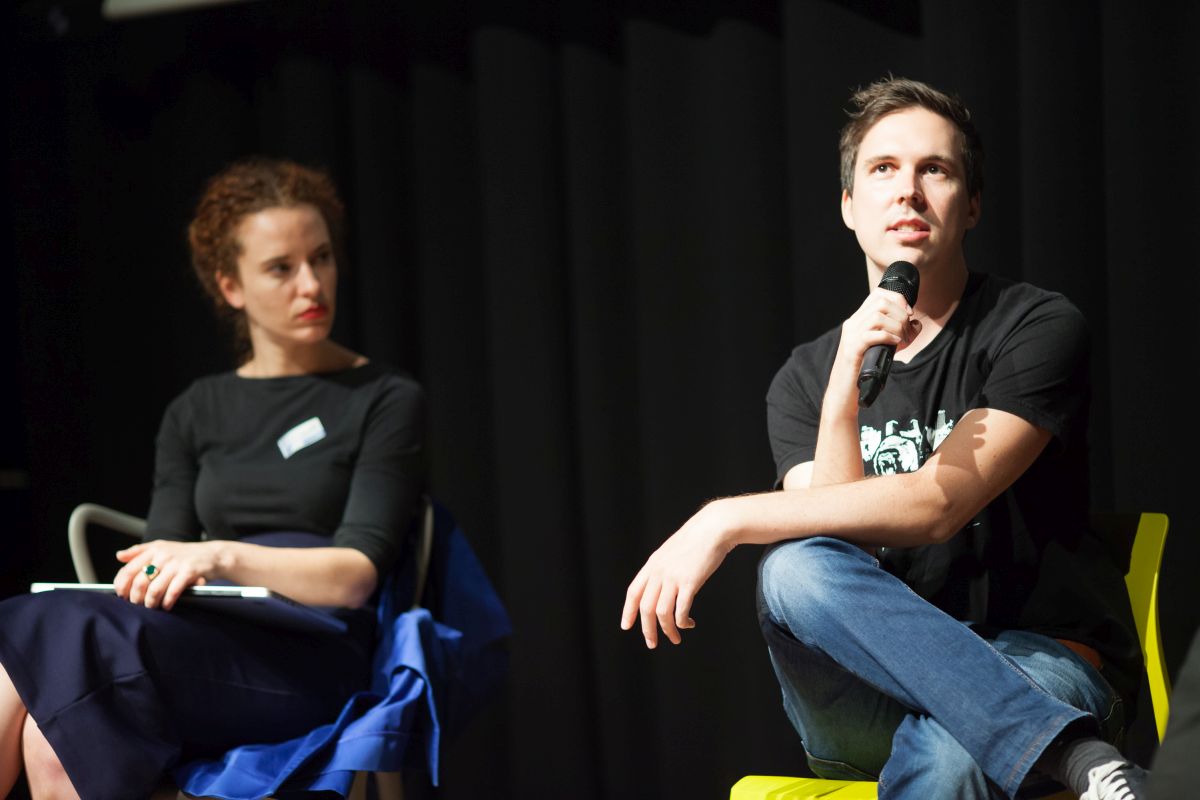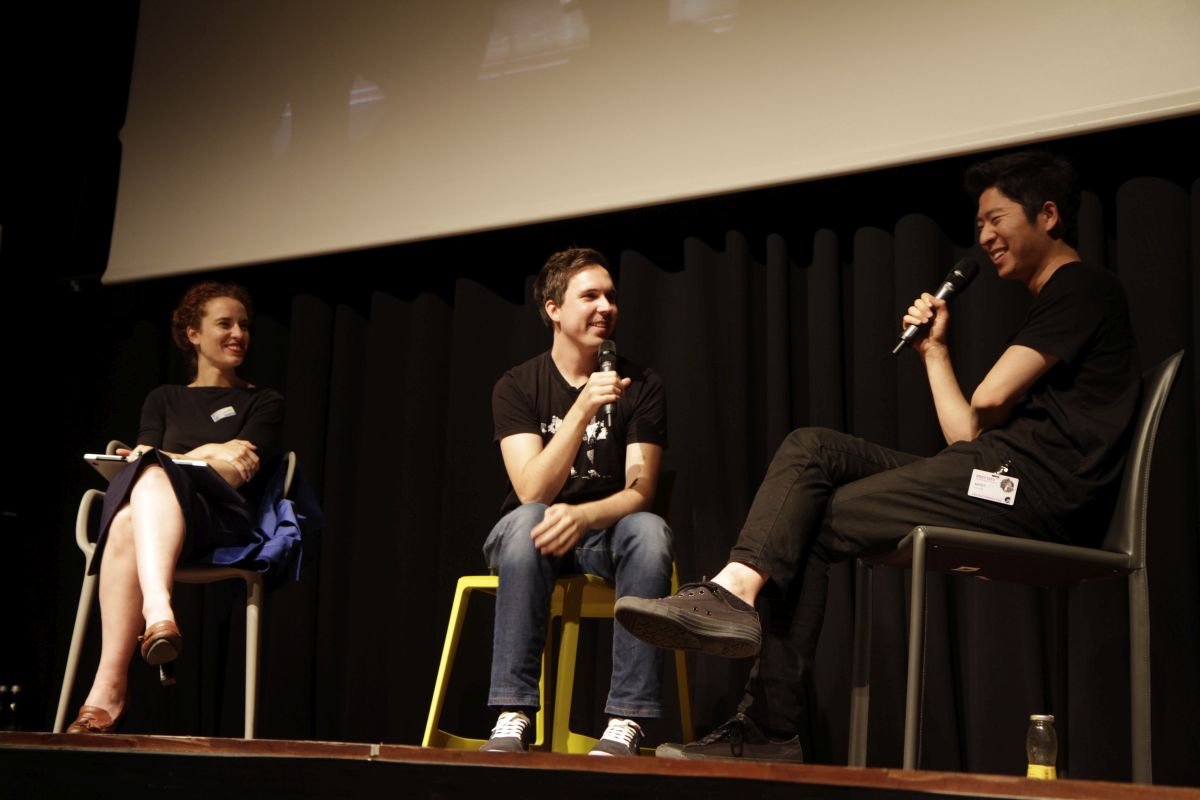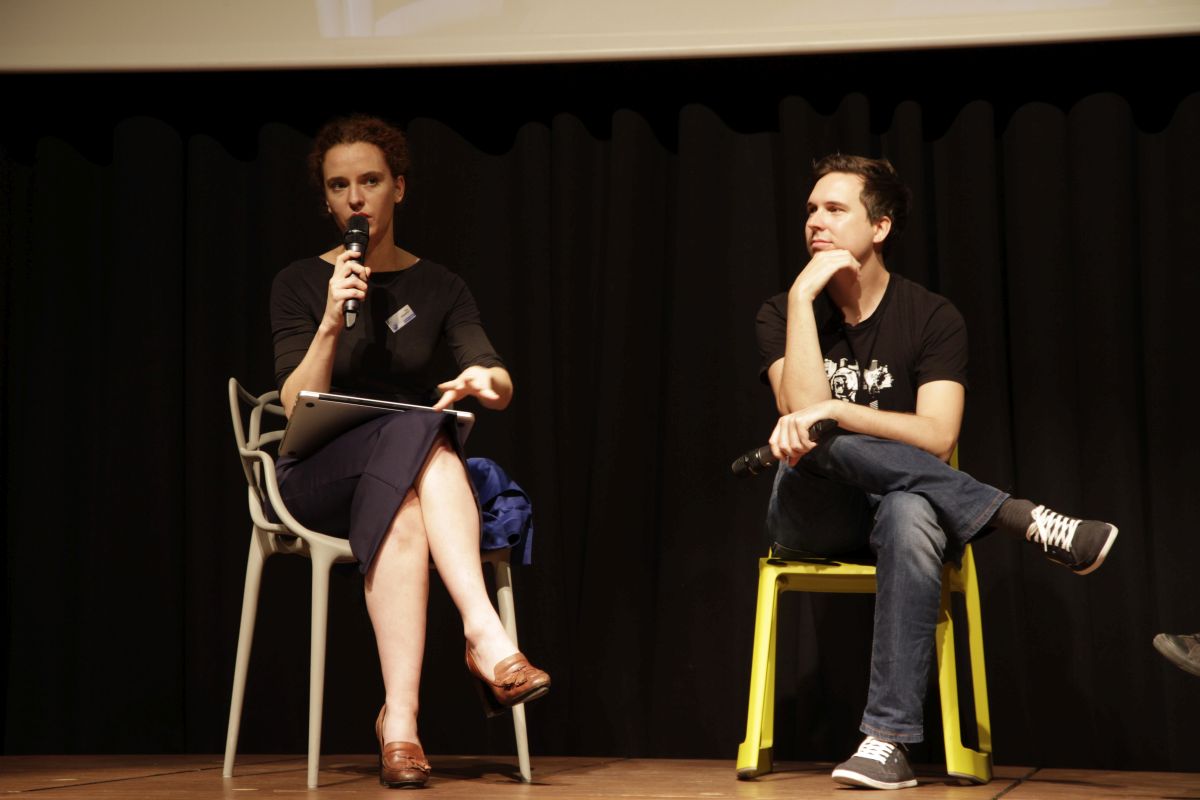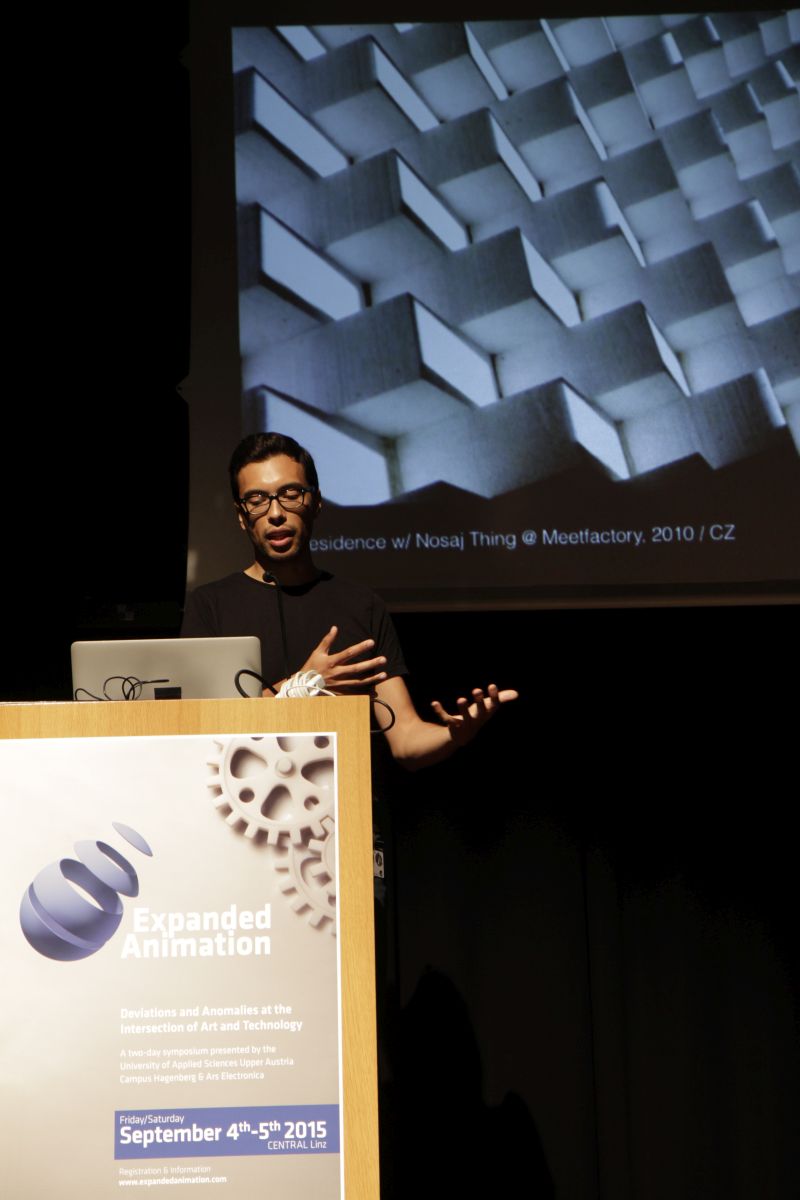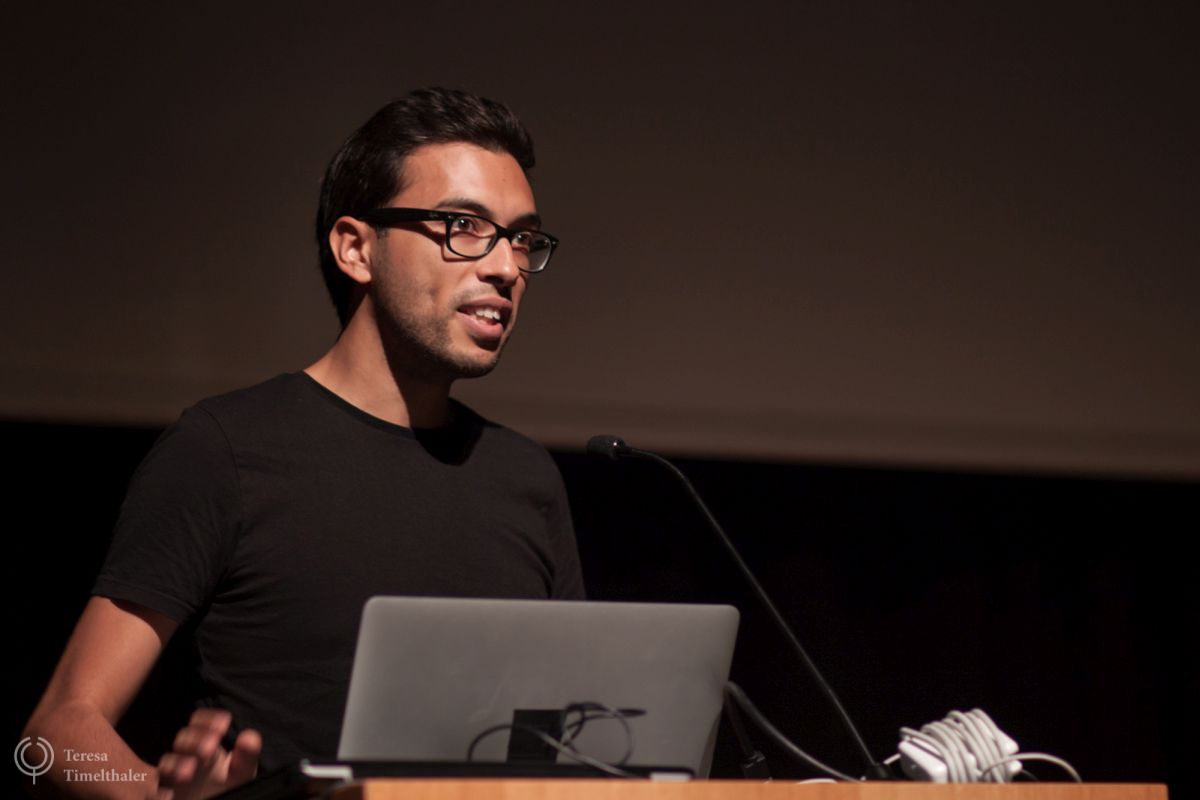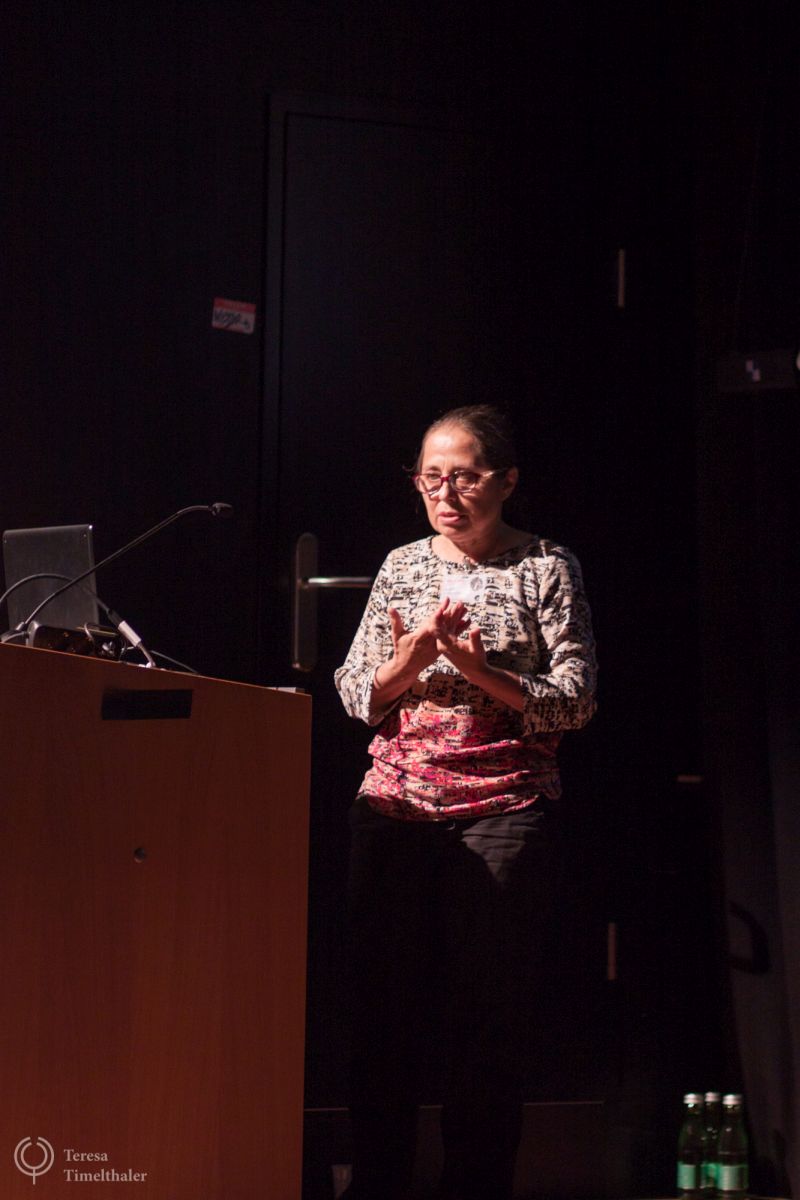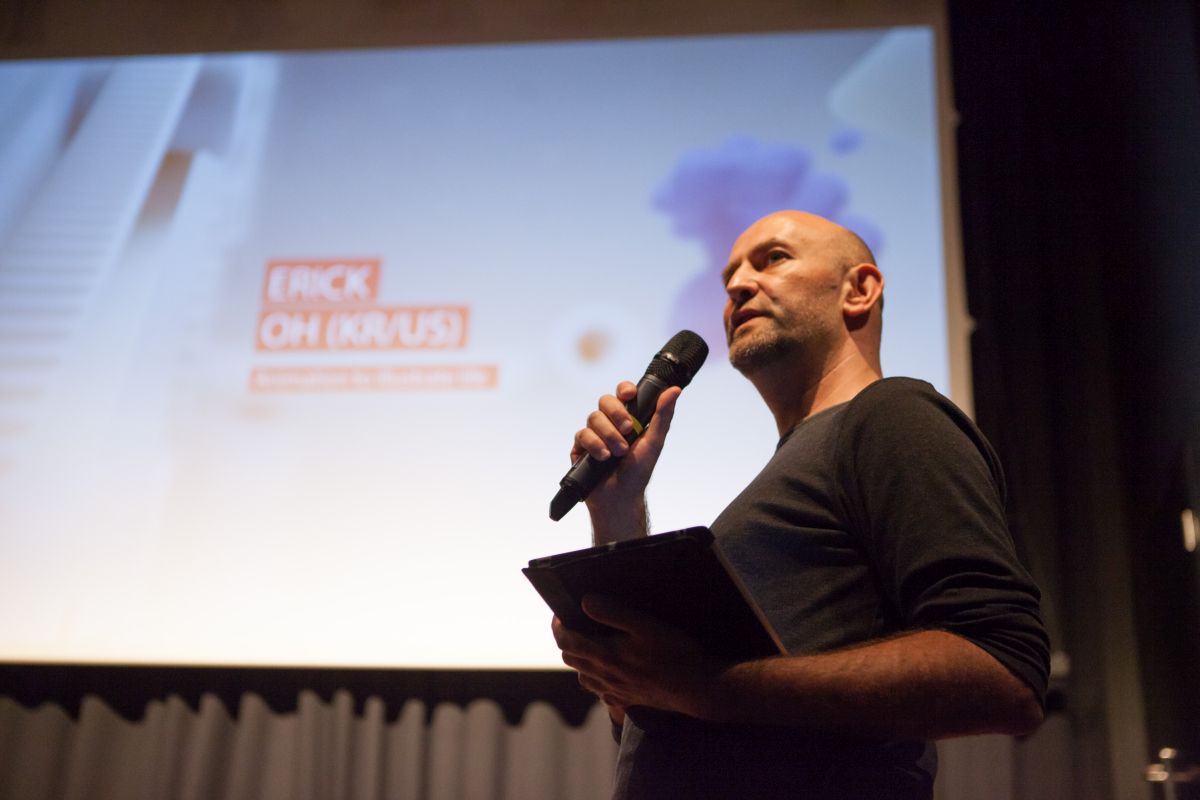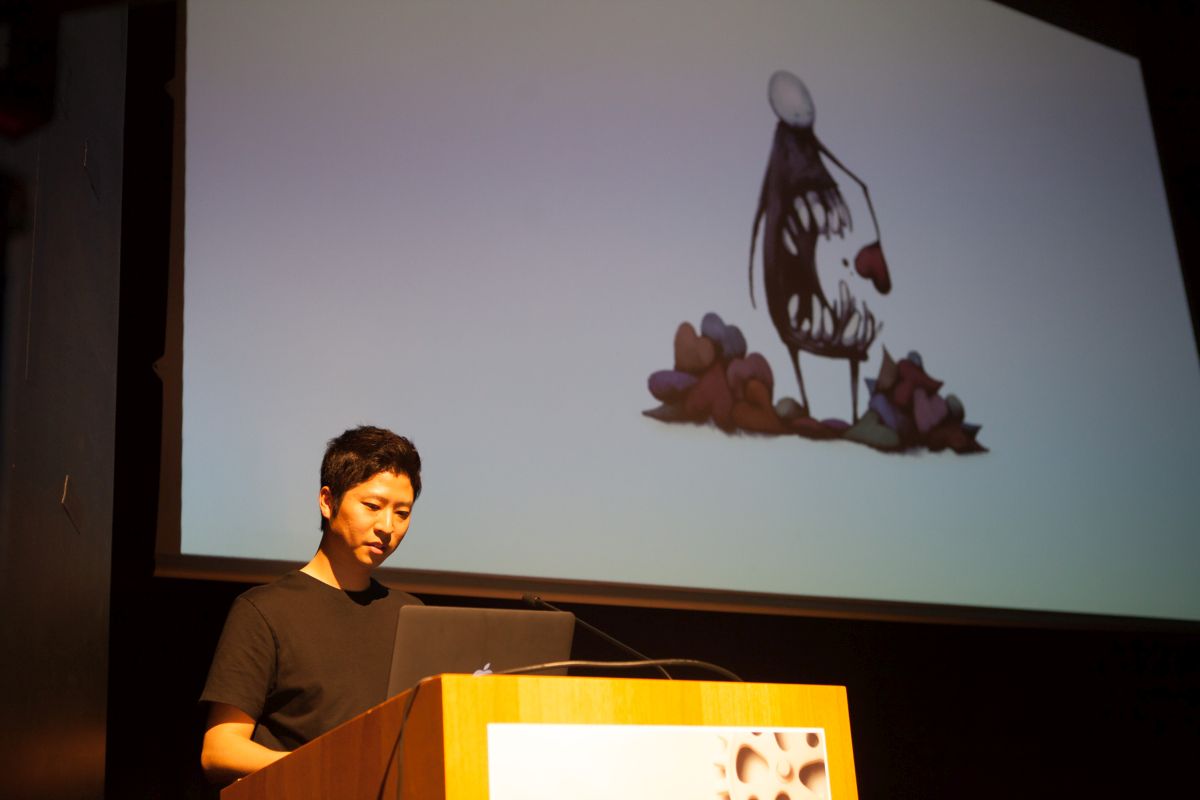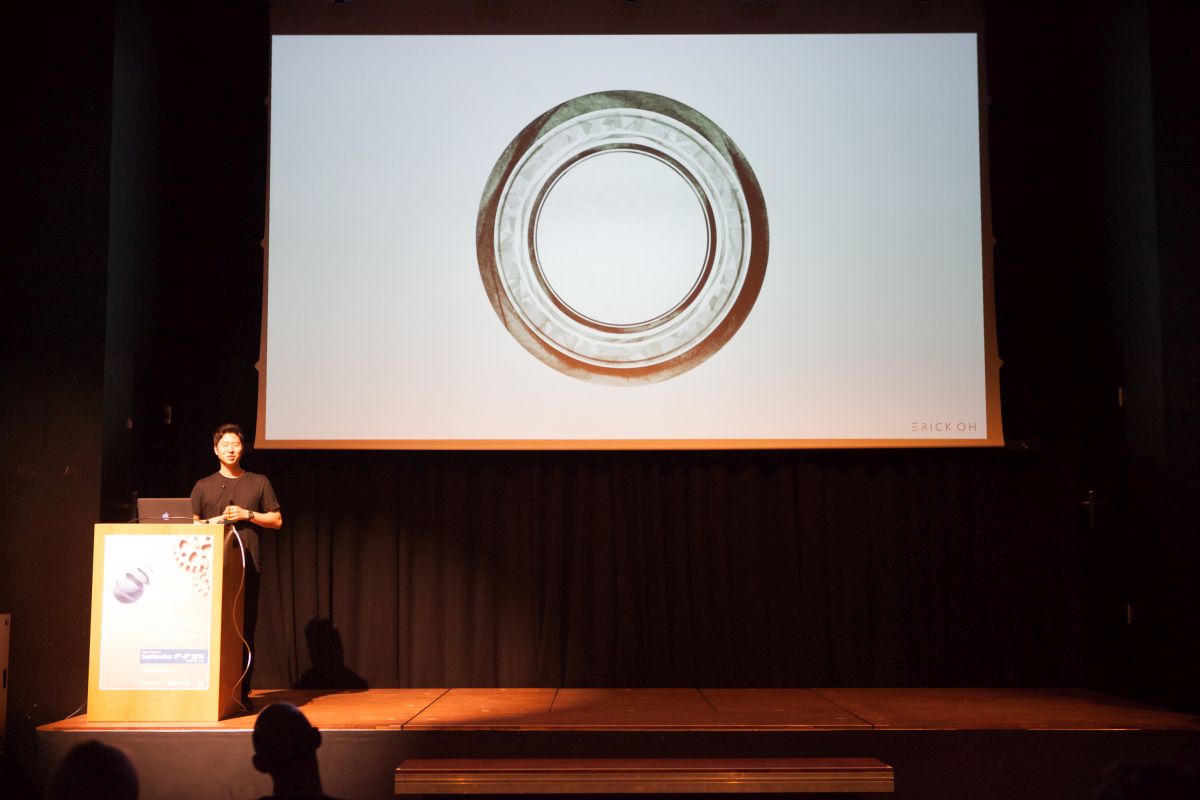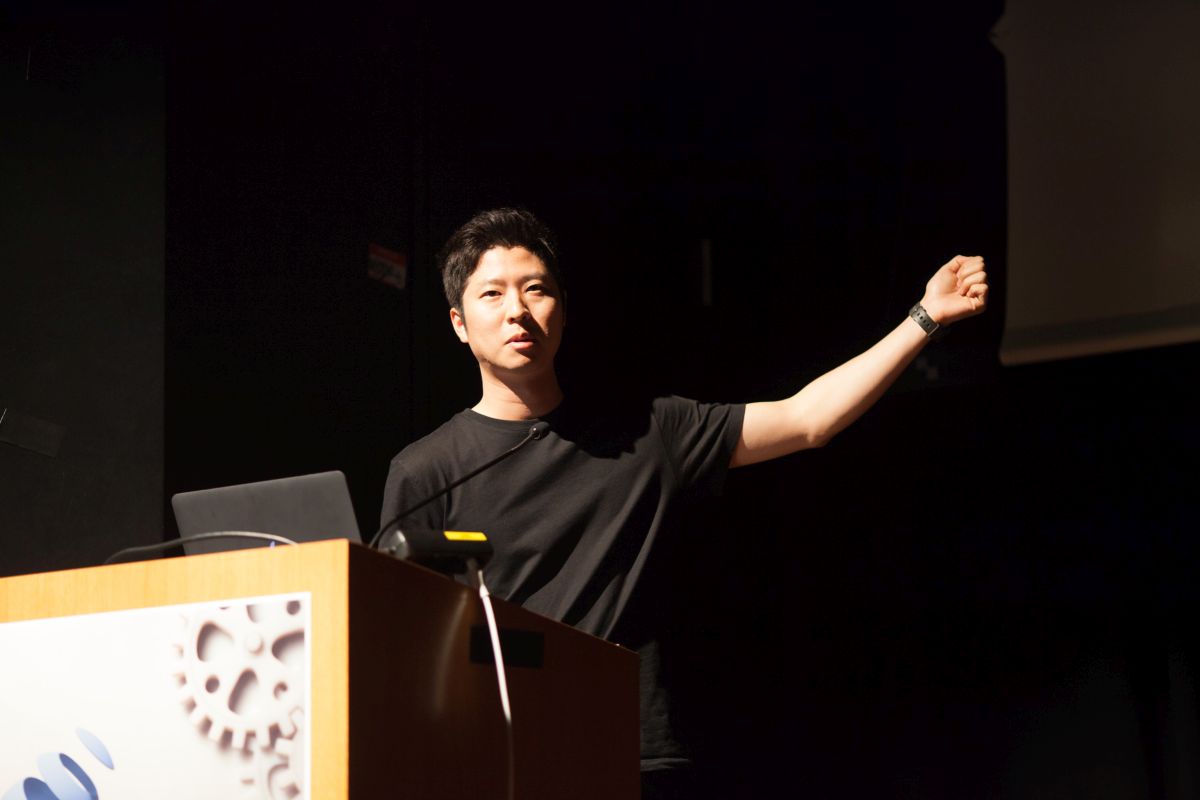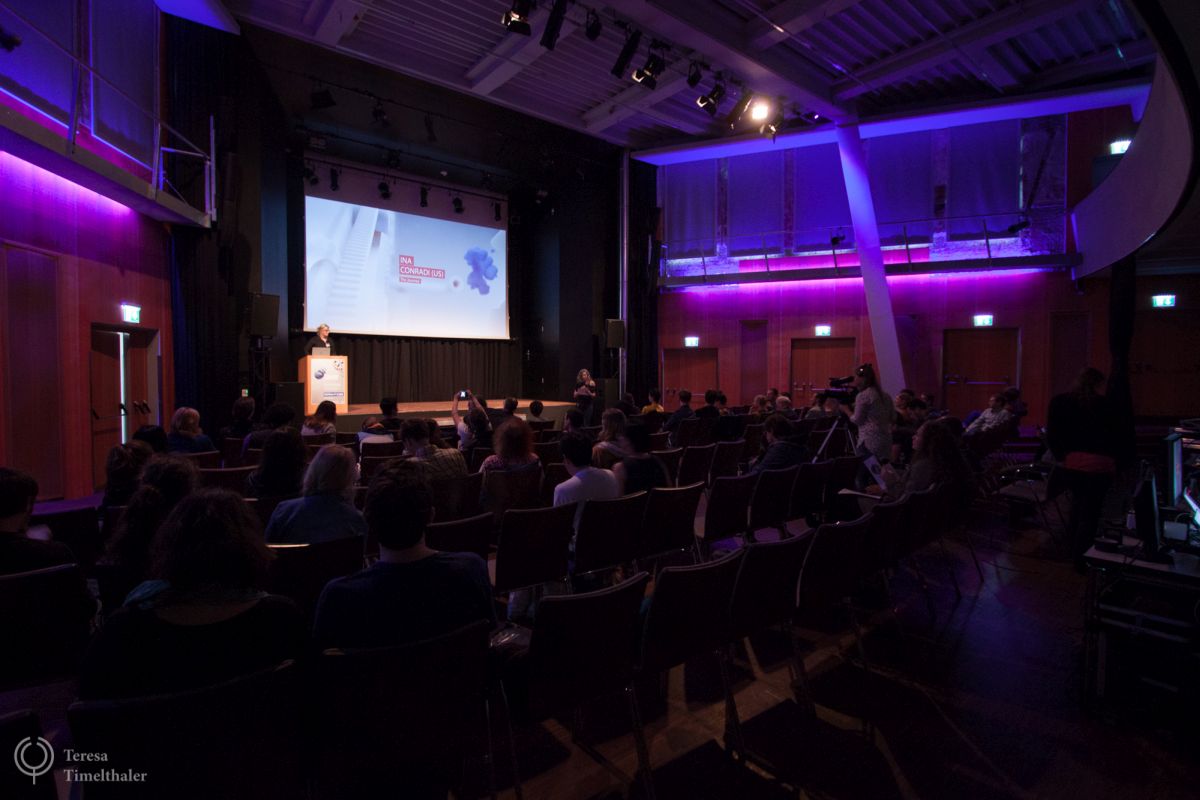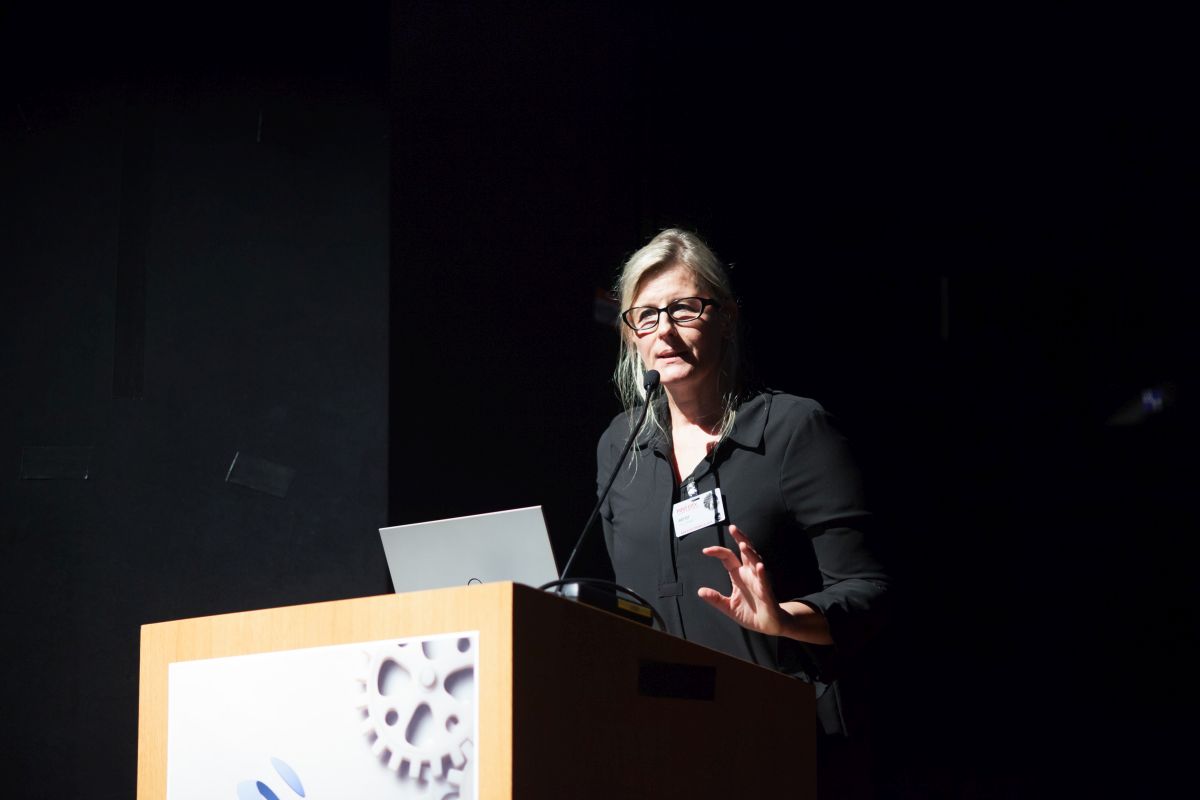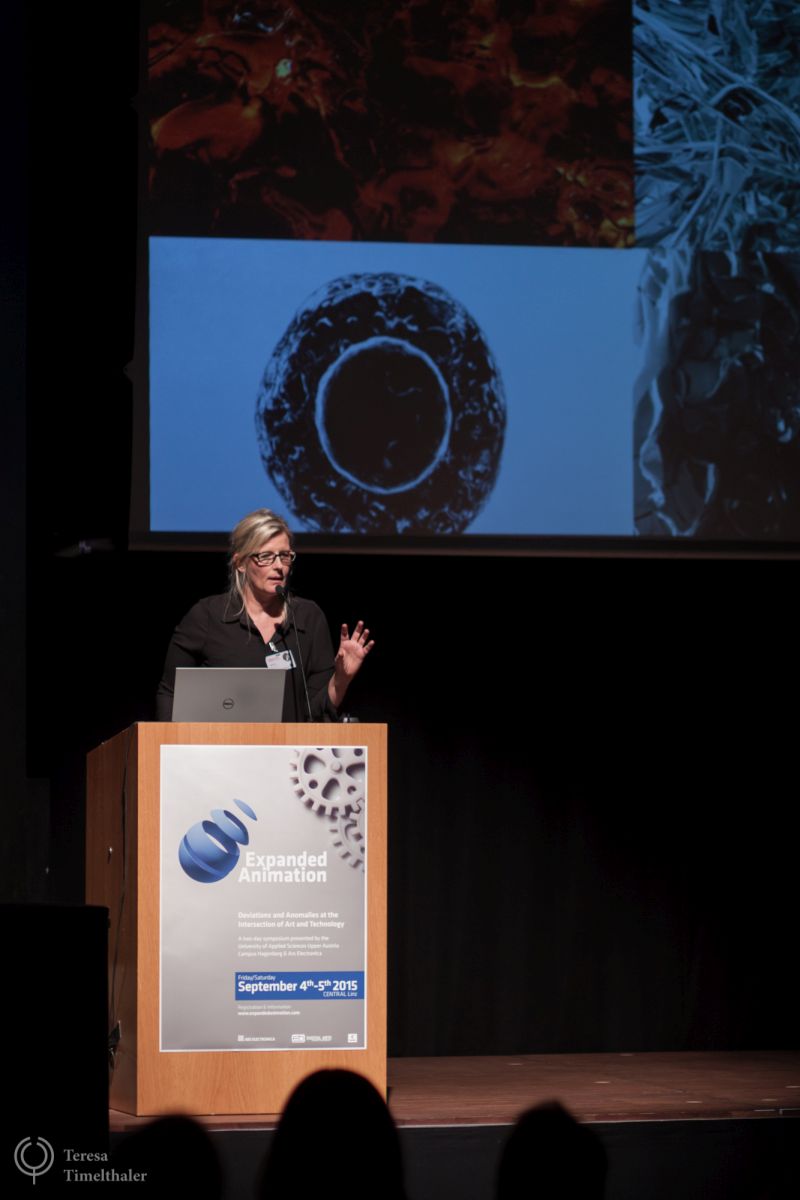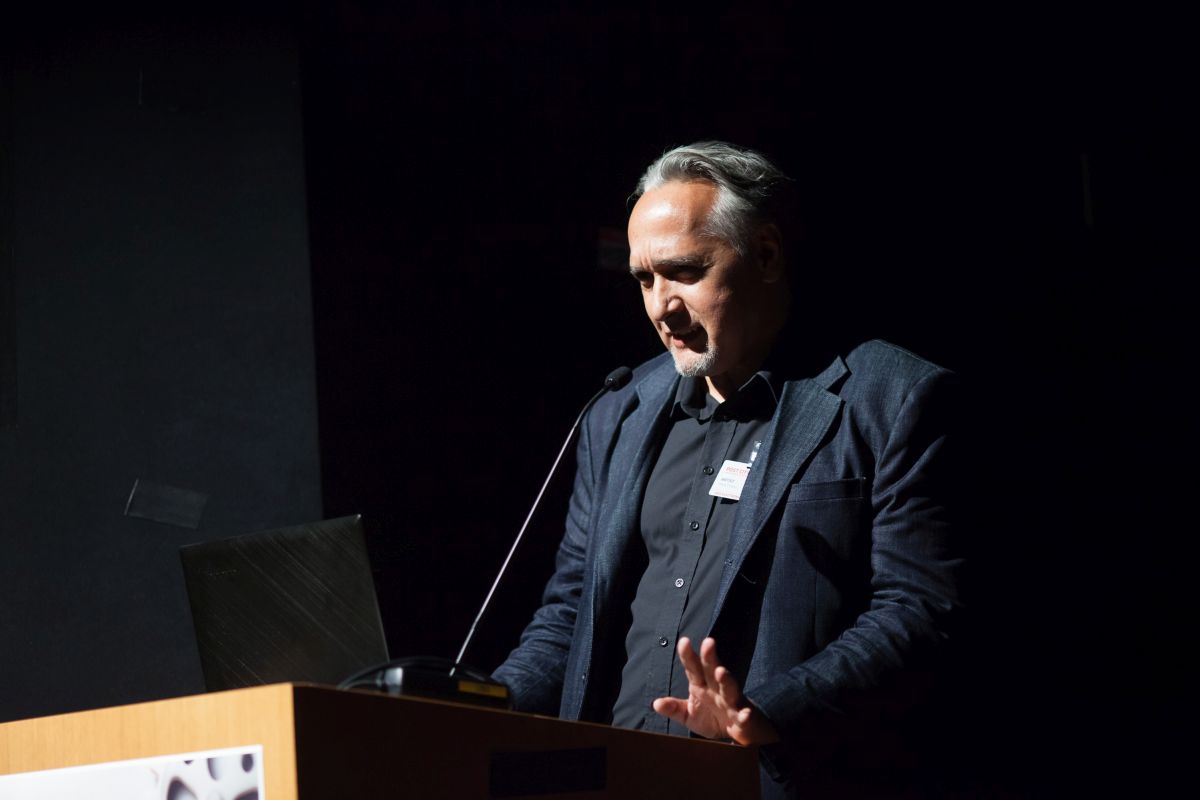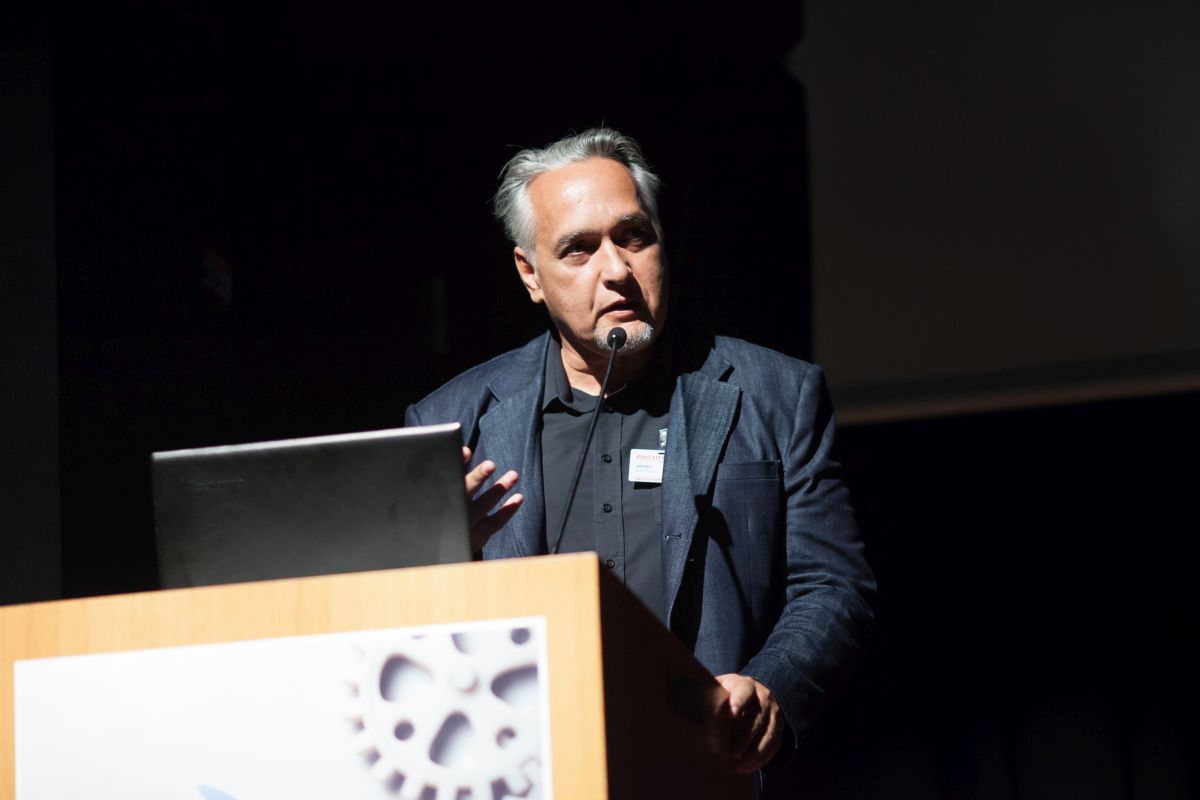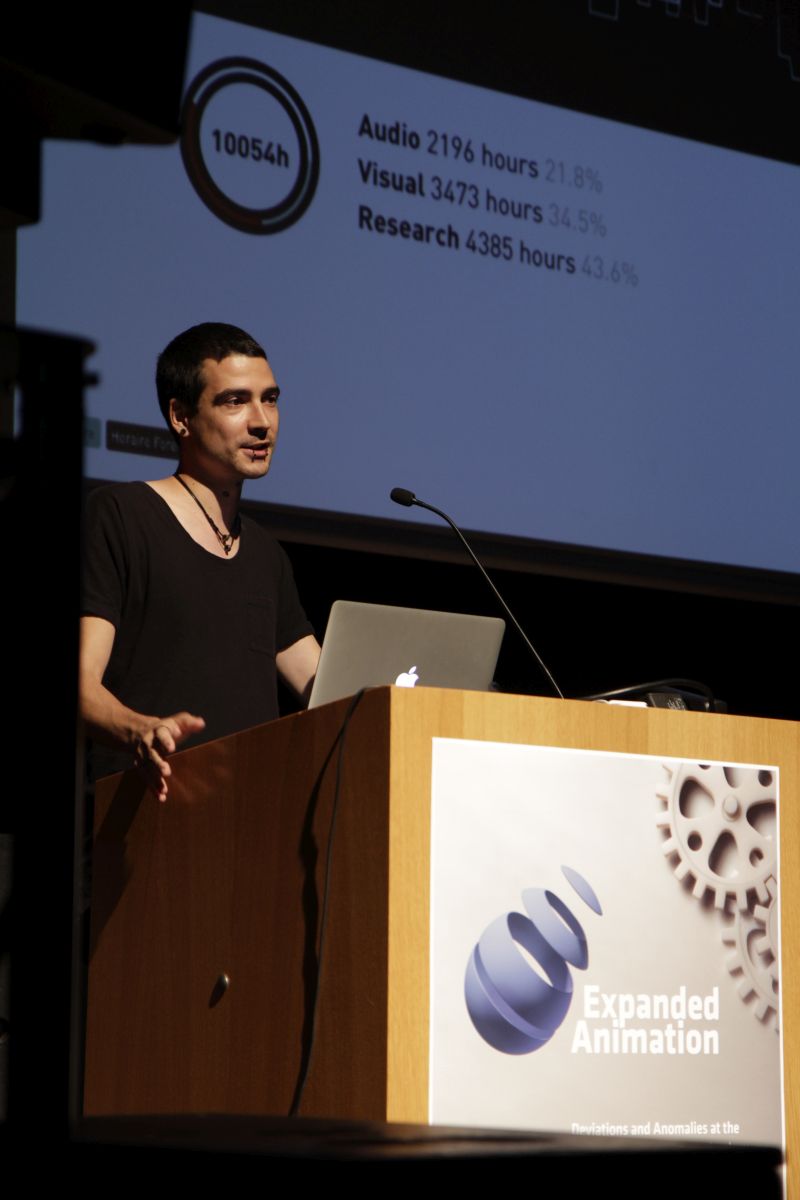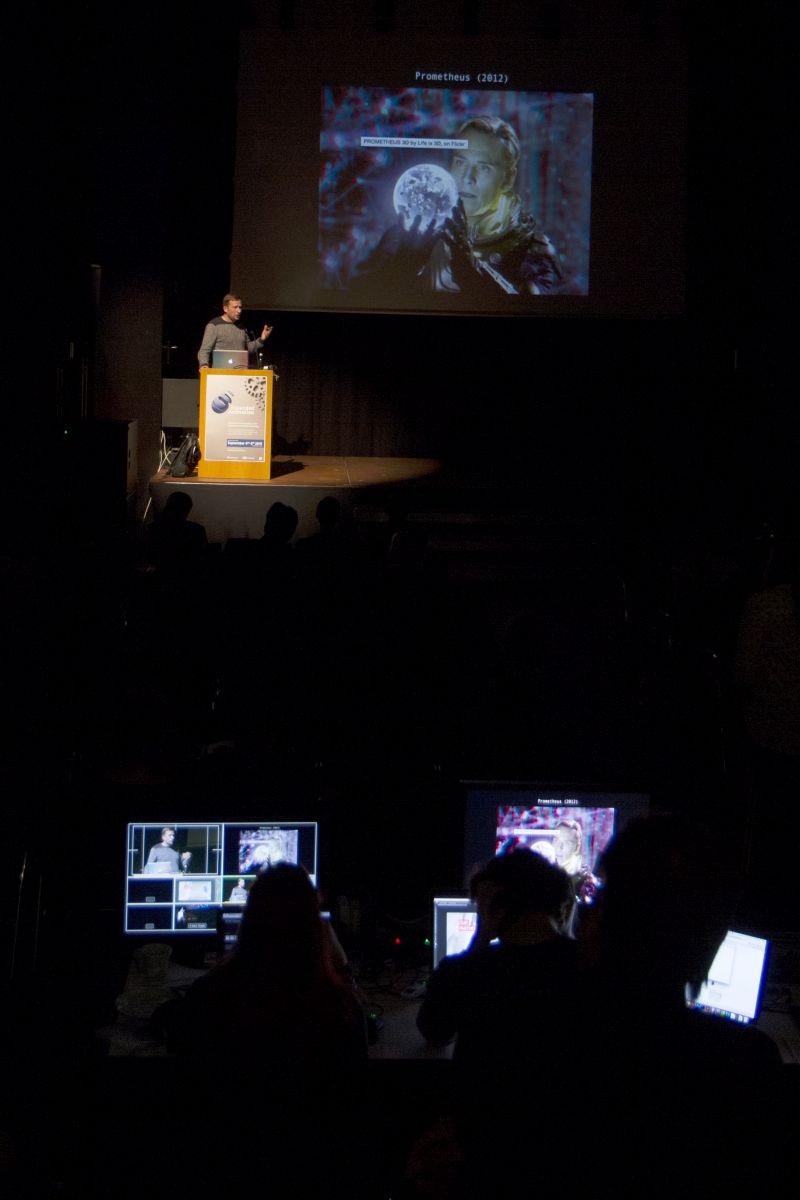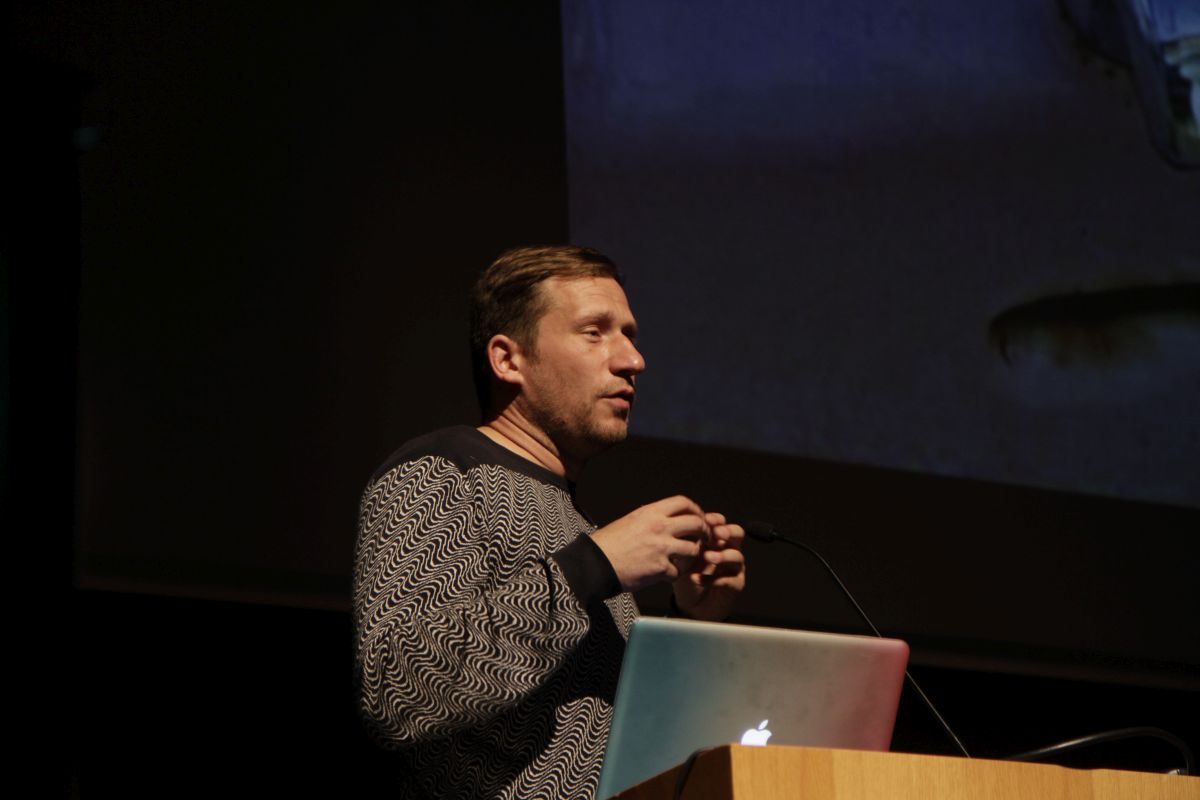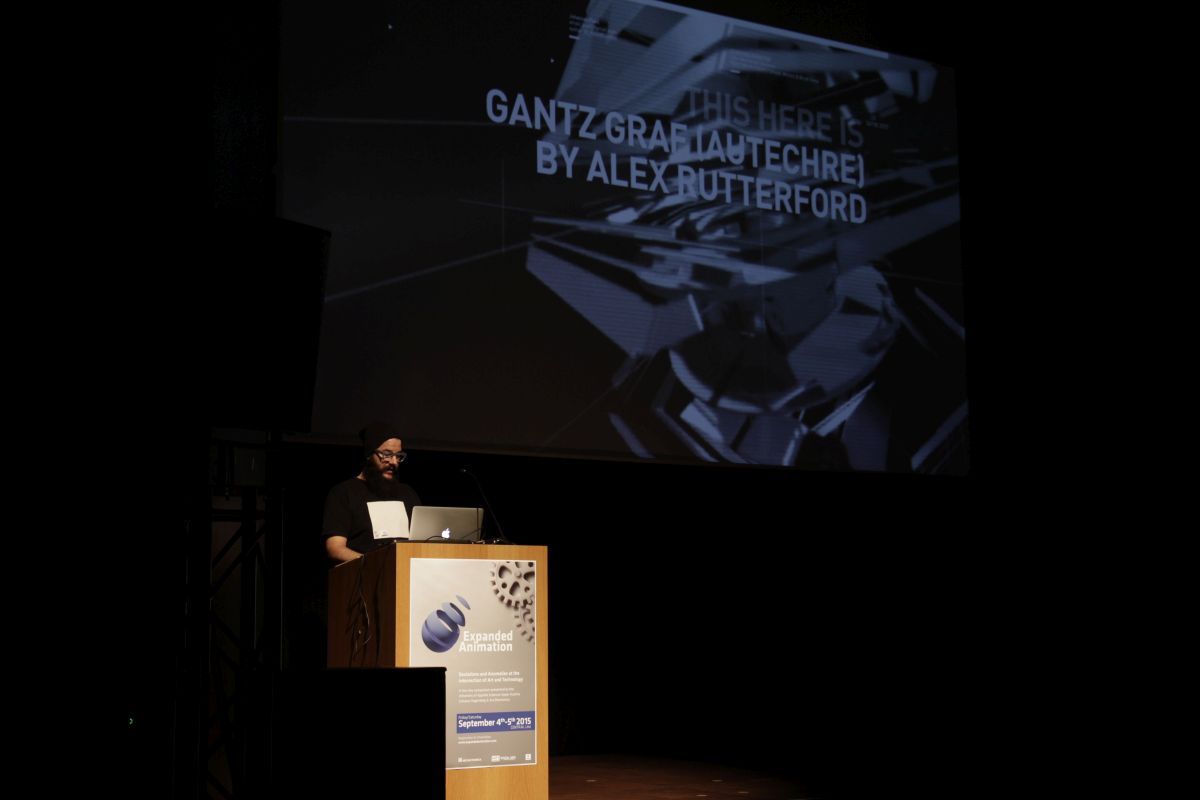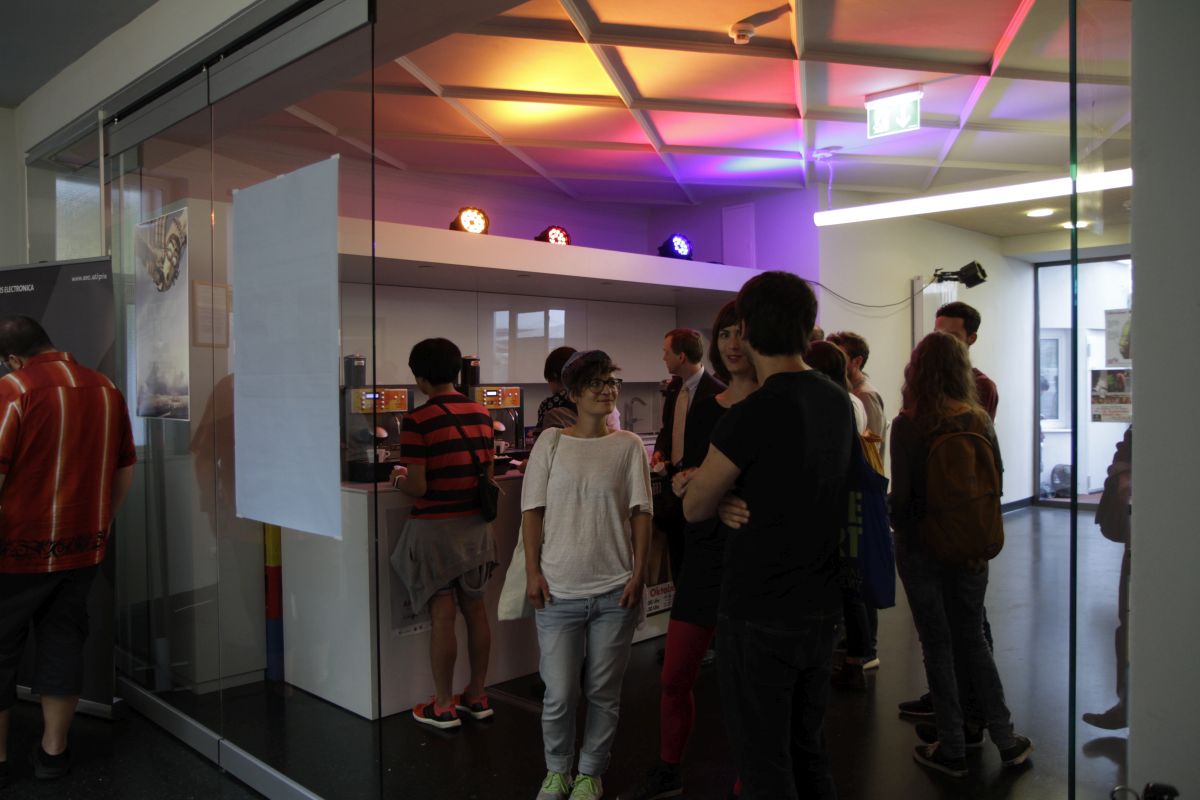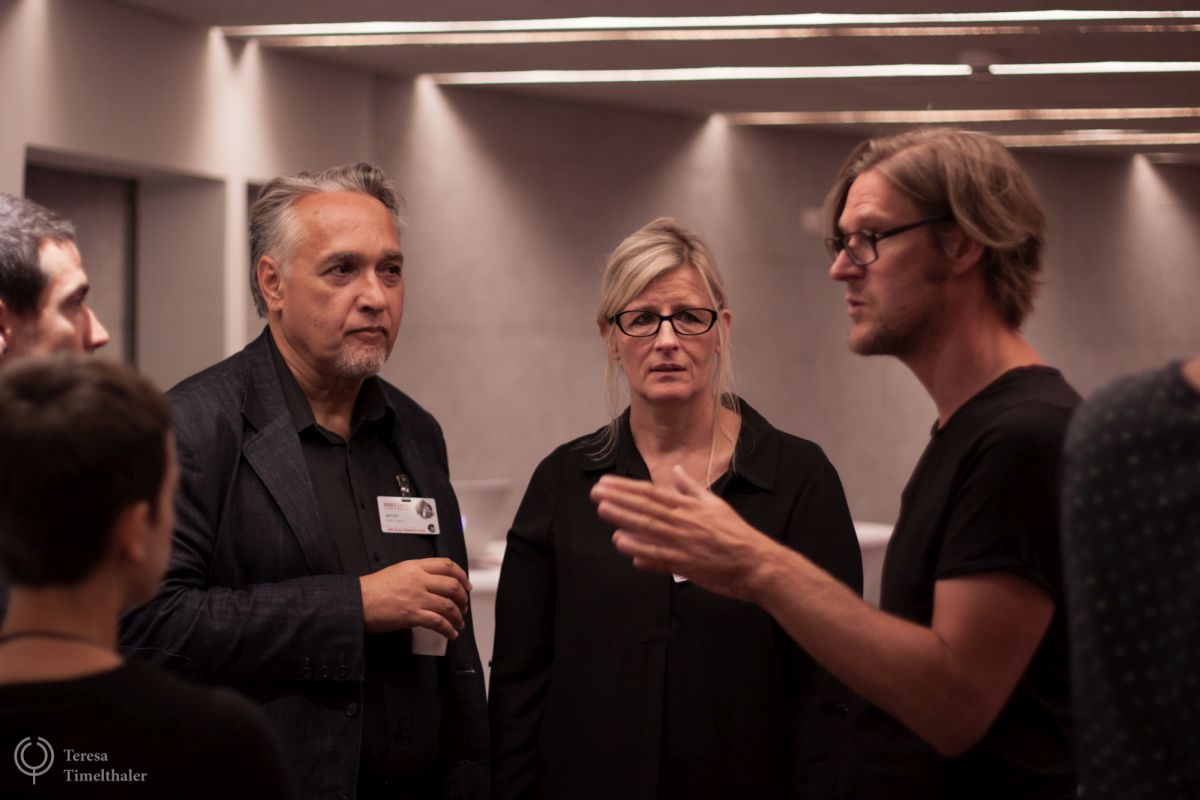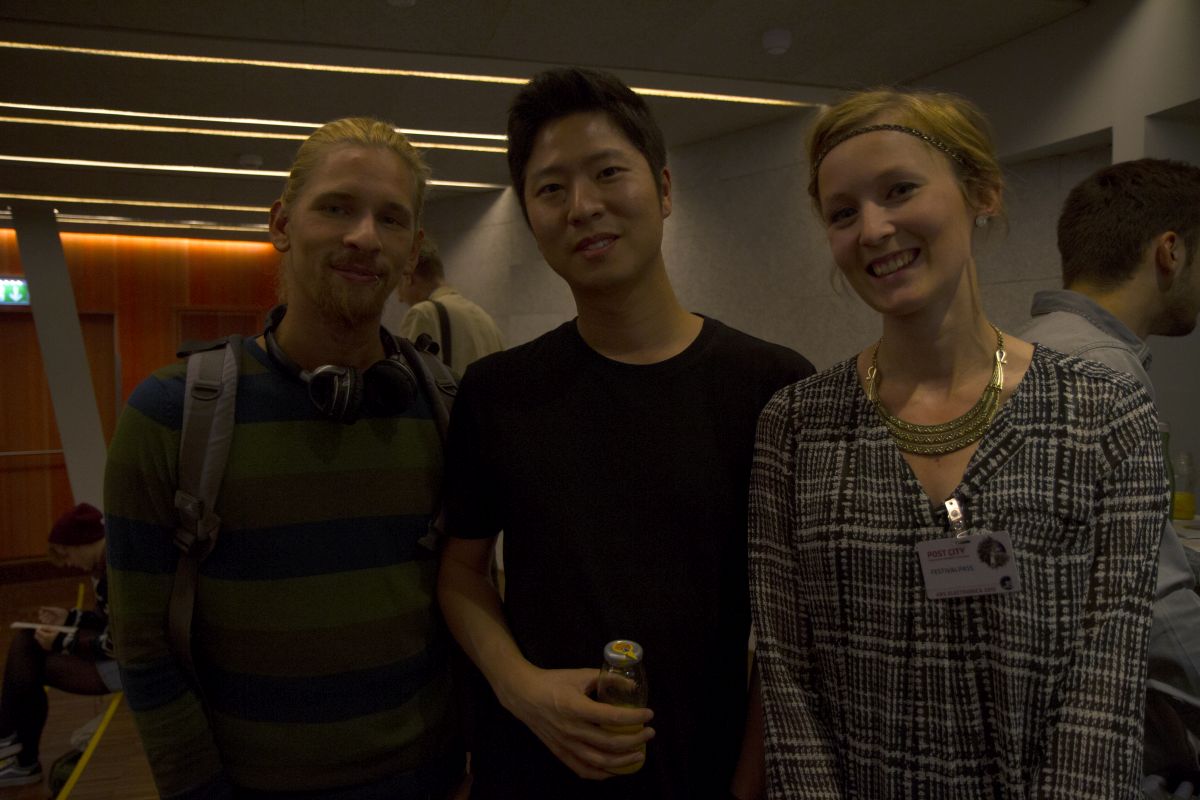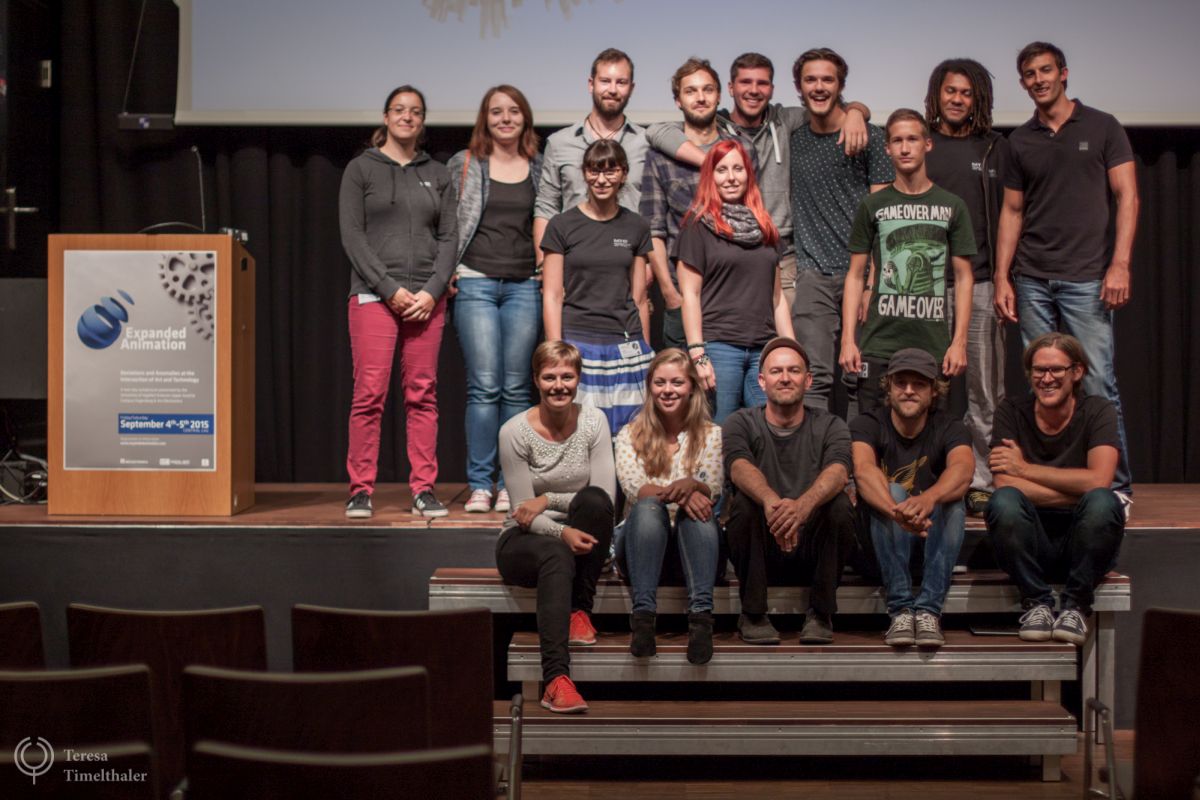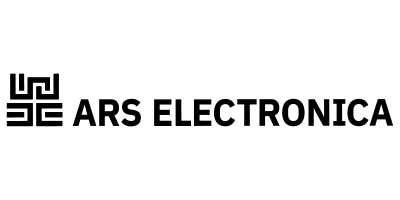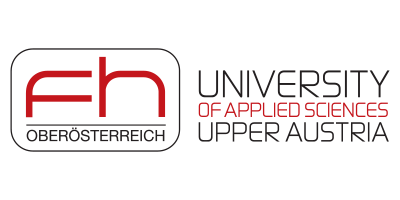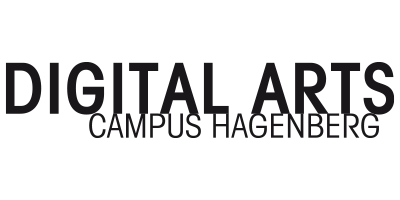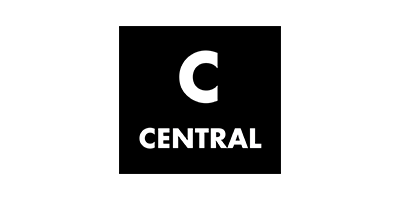This year’s Expanded Animation will be held there.
Join Us at CENTRAL Linz
Expanded Animation 2015
The reciprocity between art and technology plays a central role in media arts and computer animation in particular [1]. The first basic form of this interaction can be found in the targeted use of technology to develop specialized applications. A second form of this occurs when technological innovations serve as a source of inspiration for new and experimental approaches, leading to their refinement, modification and an extended range of utilization. The boundaries separating these two strategies are typically blurred, similar to the borders between art, research and science. The artist is a researcher and vice-versa; both make use of and develop technologies.
What is the link between art, technology and animation? Animation – particularly computer animation – has strong ties to technology. The first computer animation was the product of a research project, providing a simulation of a satellite orbiting a planet [2]. This was followed by a number of other milestones that strived to further develop computer animation. The first artistic use of computer animation involved the repurposing of military equipment and can thus be considered an anomaly of an established technology. John Whitney, Sr. and his brother James modified the controls of warplanes and combined these with cameras to produce his first computer animations [3]. War machines became an artist’s animation toolset.
The subversive use of technology in computer animation has been a prevalent theme ever since, relying on deviations, anomalies and a deliberate exploitation of flaws. The forms of play and experimentation with animation and technology can be quite diverse: animation can be of a reflective nature and specifically address its own substance and materiality as a theme, or it can be extended by technologies that are truly foreign to the field of animation. Animation software and tools can be modified or utilized in unintended ways, such as when motion capture data is not used for characters, but is instead applied to abstract forms, or when the flaws or artifacts created by established technologies are intentionally exposed and put on display.
[1] Technē – Was Kunst und Technologie verbindet
http://www.aec.at/center/ausstellungen/techne
[2] Franke, Herbert W. 1971. Computergraphik Computerkunst. München: Bruckmann. S. 94ff
[3] https://design.osu.edu/carlson/history/lesson2.html
SPEAKERS
This year we are proud to feature amazing speakers from all around the world.
Prix Forum
Expanded Animation

Expanded Animation – Mapping and Unlimited Landscape
The symposium Expanded Animation began in 2013 and offered a first approach to the expanding field of computer animation. It has since become an established part of the Ars Electronica Animation Festival and the international competition Prix Ars Electronica Computer Animation. Every year under an overarching theme, the symposium has researched the field of technology, art, animation, and aesthetics, investigated the collapsing boundaries in digital animation, and explored positions and future trends. As with the first conferences on computer animation at Ars Electronica in the 1980s, practice and theory are equally important. The richly illustrated publication Expanded Animation: Mapping an Unlimited Landscape features contributions from speakers and artists from the past six years and presents an overview of the prize winners in prix category Computer Animation from 2011 to 2018.
250 pages, 250 Illustrations
9
TALKS
10
SPEAKERS
7
COUNTRIES
VIDEOS
Videos from Expanded Animation symposium 2015.
GALLERY
Impressions from Expanded Animation symposium 2015.
PARTNERS & CREDITS
Organization
Expanded Animation is brought to you by a group of dedicated people from the University of Applied Sciences Upper Austria, Hagenberg Campus | Digital Media Department.
Conference Organizers (FH OÖ)
Jeremiah Diephuis
Juergen Hagler
Michael Lankes
Patrick Proier
Christoph Schaufler
Alexander Wilhelm
Team (FH OÖ)
Friedrich Bachinger | Audio
Joachim Dieplinger | Graphics & Trailer
Clemens Gaisbauer| Graphics & Trailer
Lukas Holzer | Technical assistant
Verena Holzer | Website
Michael Loithaler | Camera
Monika Minichberger | Graphics
Karin Pirklbauer | Direction
Isabella Samhaber | Photo
Teresa Timelthaler | Photo
Jan Winterauer | Technical assistant
Stefanie Zeilinger | Camera

